Portsmouth Naval Shipyard Museum
Introduction
Text-to-speech Audio
Images

Artist's rendition of an aerial view of Portsmouth and Norfolk, 1891. Library of Congress.
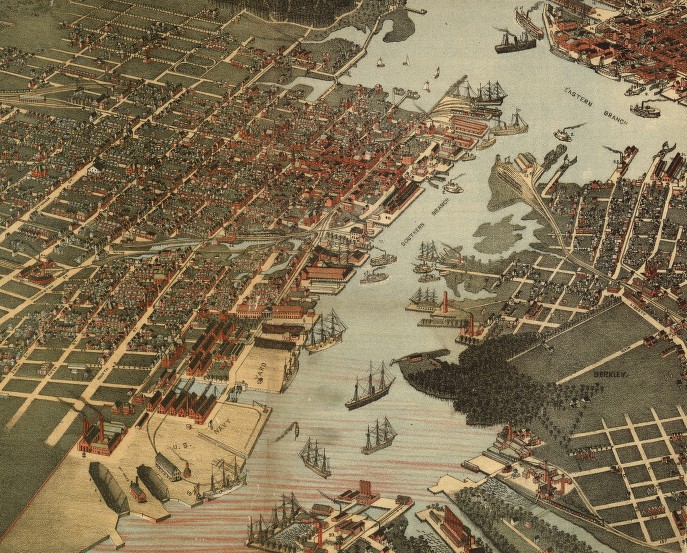
Ruins of Gosport Navy Yard after being destroyed by both sides during the Civil War. Library of Congress.
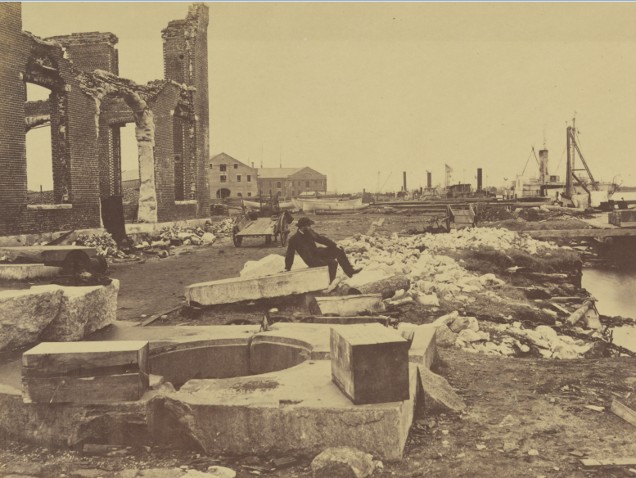
USS Langley, first aircraft carrier in the world. Constructed at Norfolk Naval Shipyard. Us Navy Naval Historical Center.
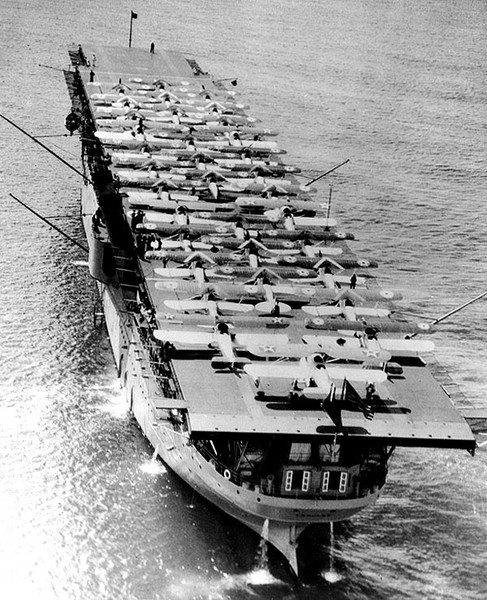
A modern view of the Norfolk Naval Shipyard. National Archives.
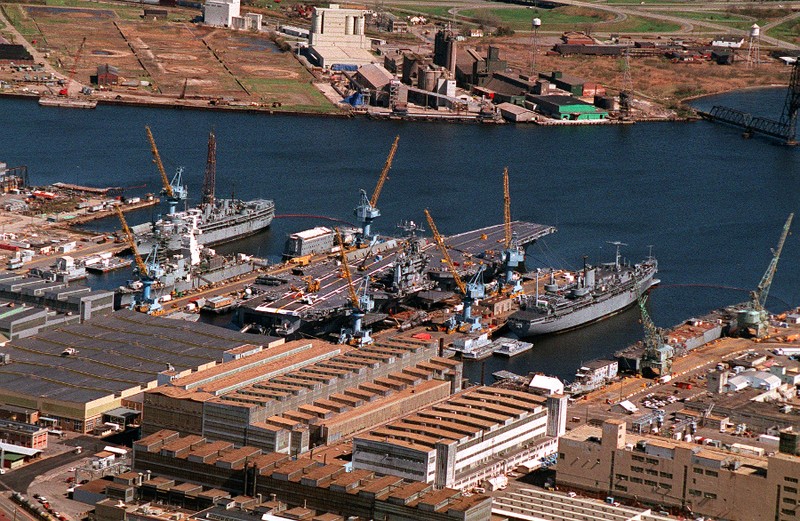
Plaque commemorating Drydock Number 1, the Navy's first drydock and the first in the Western Hemisphere.
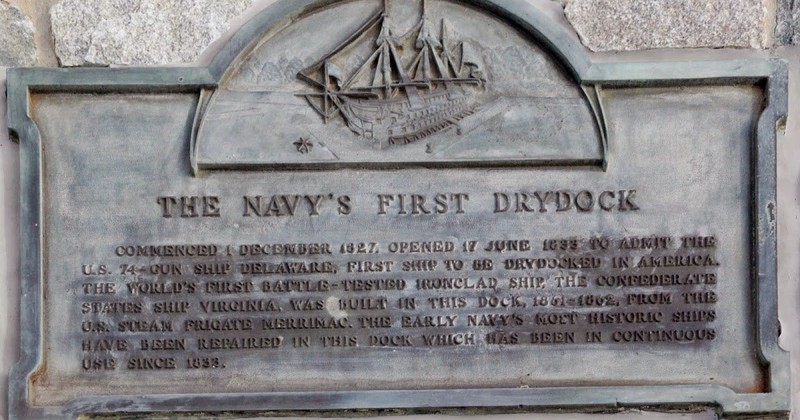
The CSS Virginia, formerly the USS Merrimack, undergoing modification in the drydock during the Civil War. US Navy National History & Heritage Command.
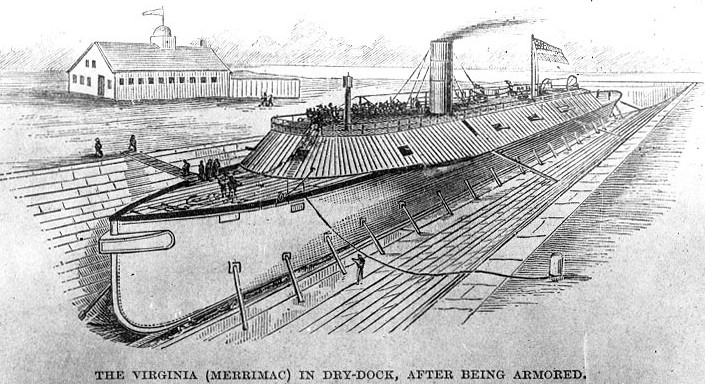
Backstory and Context
Text-to-speech Audio
Portsmouth Naval Shipyard Museum is home to a vast collection of historical artifacts and a wealth of information surrounding one of America's most important naval ports.
ORIGINS
Less than a decade before the American Revolution, what would eventually come to be called the Norfolk Naval Shipyard was founded in 1767 under the name of Gosport Shipyard by Andrew Sprowle. Both a merchant and shipowner, Sprowle was a staunch Royalist and personal friend of the English colonial governor of Virginia, Lord Dunmore. When Dunmore retreated in 1776, following defeats Battle of Great Bridge and the burning of Norfolk, Sprowle was exiled with other Royalists to Gwynn's Island in Chesapeake Bay, where he died 5 days later. Possession of the Gosport Shipyard fell to the newly formed Commonwealth of Virginia.
The rebellious colonists were unable to put their new shipbuilding facilities to much use before British troops burned them in 1779--Gosport would contribute no more to the Revolution. But in 1794, with American merchant ships being preyed upon by the Barbary Pirate sultanates of the Ottoman Empire, Congress recognized a need for greater naval protection and passed the Naval Act of 1794:
"Whereas the depredations committed by the Algerine (sic) corsairs on the commerce of the United States, render it necessary that a naval force should be provided for its protection."4
It was around this time that six ports were designated to receive funds and facilities for the exclusive use of the new United States Navy. One of the other new yards, in Portsmouth, New Hampshire, is the reason Gosport Navy Yard was not (and has not been) renamed after the Virginia city in which it is actually located.
The first keel laid in the rebuilt Gosport Navy Yard would be the USS Chesapeake, a 38-gun frigate launched in 1799. The shipyard was active throughout the first several decades of the 19th Century, producing warships for the Barbary Wars and the War of 1812. In 1834, Navy Yard's Drydock Number One became operational, making it the first drydock in the Western Hemisphere, just a few weeks ahead of several other competing drydocks. President Jackson attended the opening, so important was this new facility to US naval power. Drydock Number One continues to serve the US Navy today.
ANTEBELLUM SLAVERY in GOSPORT NAVY YARD
From the 1830s until the onset of the Civil War, slave labor was employed in the Yard for various purposes, primarily due to being cheaper than white laborers. A number of the now-unemployed white laborers objected, petitioning for intercession from the Board of Navy Commissioners. The commandant of the Gosport Yard, Commodore Lewis Warrington, swayed the BNC in favor of keeping slave labor in place, arguing that it was significantly cheaper (fees were paid per laborer to the owner of the slave, often at ten cents or more cheaper per day than a free white laborer).
Further concerns were raised by the Portsmouth community, who feared in the wake of the bloody Nat Turner slave rebellion of 1831 that further uprisings could occur, with so many Black slaves concentrated in one place (at the time there were, according to the Commandant, "about two hundred and forty six Blacks employed in the Yard and Dock altogether.")6 . Warrington addressed his appraisal to the Navy Commissioners:
"The Blacks are not difficult to govern in the Yard, and I have heard of no "'insurrectionary” "'disorderly or refractory” spirits exhibited by them..."6
The shipyard continued to make use of slave labor until after the Civil War.
AMERICAN CIVIL WAR
When the state of Virginia seceded at the outset of the Civil War, the Federal garrison was afraid Confederate troops would seize the facility. The Navy Yard's commandant was determined to destroy it, but a clever ruse by future Conederate General William Mahone precipitated the commandant's plans, causing Federal forces to abandon the shipyard before its destruction was complete. Most of the ships therein were destroyed by the departing garrison, but the facilities themselves remained largely intact.
This allowed the nascent Confederate Navy to refit the burnt hull of the USS Merrimac, rebuilding it with iron armor plate and rechristening it the USS Virginia. This new "ironclad" steamed out of Gosport Navy Yard into Hampton Roads on March 8, 1862 and wreaked havoc on the blockading Union squadron, causing panic and much loss of life. Fortunately for the Union, its new ironclad USS Monitor arrived in the area and fought the Virginia to a standstill in the groundbreaking Battle of Hampton Roads.
Unable to prevent Union forces from recapturing the shipyard in May 1862, Confederate troops burned the facility. It played no major role for the duration of the war, though it was redubbed the "Norfolk Navy Shipyard" at that time.
RECONSTRUCTION and THE WORLD WARS
The shipyard accommodated repair and refitting duties for Navy ships up to the United States' entry into World War I, acting as homeport since the modern Naval Station Norfolk did not yet exist. At the end of World War I, and leading into World War II, the new Naval Station Norfolk took over homeport duties, allowing the Norfolk Naval Shipyard to concentrate on construction, repairs and refits.
Since its Reconstruction days, the shipyard has witnessed a number of other historic firsts, including the construction of the USS Texas, the Navy's first battleship, in 1895; construction of the USS Langley, the world's first aircraft carrier; and the construction of the USS Enterprise, the world's first nuclear-powered aircraft carrier. The Norfolk Naval Shipyard possesses one of the few drydocks in the world capable of holding a nuclear-powered aircraft carrier, and the USS Enterprise is indeed the longest naval ship in the world.
THE MUSEUM
The Portsmouth Naval Shipyard Museum celebrates the rich and enduring legacy of the Norfolk Naval Shipyard and its 250 years. In 2017 they will host a variety of World War I centennial events and lectures.
Sources
2. Dupuy & Hammerman (1974). People & Events of the American Revolution. R.R. Bowker Company. p. 407. ISBN 978-0835207775.
3. Mitchell, Becca. Norfolk Naval Shipyard celebrates 250 years and remembers 75th anniversary of USS Alabama launch. WTKR News 3. February 16, 2017. Accessed September 11, 2017. http://wtkr.com/2017/02/16/norfolk-naval-shipyard-celebrates-250-years-and-remembers-75th-anniversar....
4. Launching the New U.S. Navy. Archives.gov. August 15, 2016. Accessed September 11, 2017. https://www.archives.gov/files/education/lessons/new-us-navy/images/act-draft-01.gif.
5. Testorff, JOC Ken. "The History of the Corps: Civil Engineering Corps." All Hands: Magazine of the US Navy. All Hands: Magazine of the US Navy, 28-43. 35-36
6. Sharp, John G.. Commodore Lewis Warrington writes to the Board of Navy Commissioners on the employment of enslaved workers in the construction of the Dry Docks 12 October 1831. US GenWeb Archives. Accessed September 11, 2017. http://www.usgwarchives.net/va/portsmouth/shipyard/nnysharp.html#enslaved.
7. Grymes, Charles A.. Norfolk Naval Shipyard. VirginiaPlaces.org. Accessed September 11, 2017. http://www.Virginiaplaces.org/military/norfolknavalshipyard.html.
